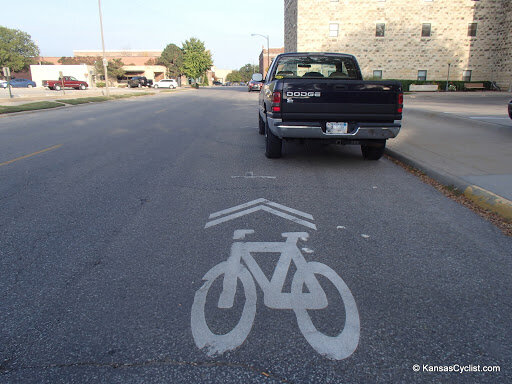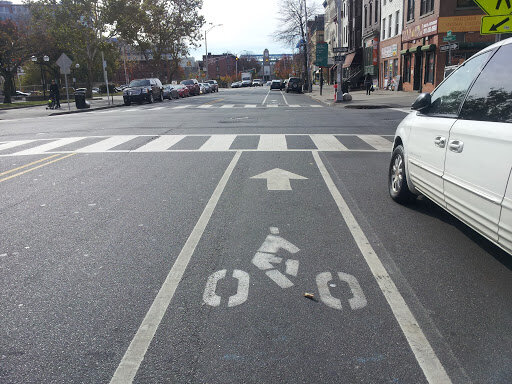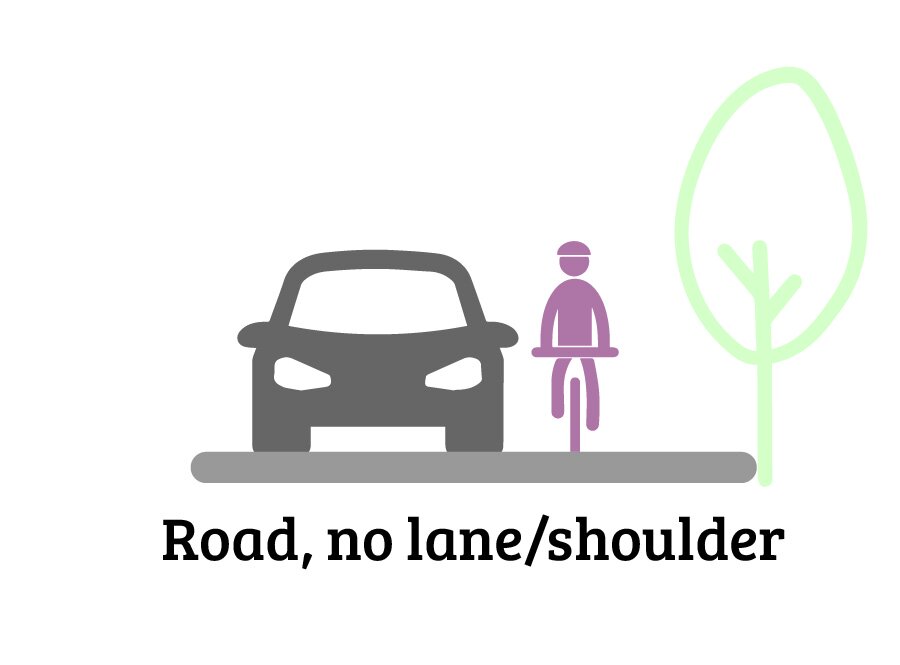Cycling 101
Who Can Cycle?
Every body can cycle. Whether you ride with a conventional bike, a bike with training wheels, a recumbent, or a bike that allows a partner to pedal alongside or with you, there are a number of ways to ride a bike.
There is no right way to cycle*.
*please do be safe.
Mainstream media and marketing positions slim, white, wealthy, cisgender men at the forefront of stories about athletic achievements, and images from notable races and competitions typically feature only these people. These are the people we see in advertisements for not just cycling, but all kinds of recreational equipment and experiences, but that does not mean they are the only people entitled to enjoy and experience outdoor recreation. Just because those are the types of people you will see on weekends, dressed in lycra, flying past people on mountain bikes they got at a department store, does not mean they are the only people cycling correctly or in the best way. Every body is entitled to move in a safe and pleasurable way. You deserve to bike for fun, transportation, or a workout. Yeah you.
What Makes a Good Bike?
A good bike is 3 things:
Affordable.
Fits properly.
Suited to the cycling goals.
Affordable
Bikes can be really cheap or really expensive, so how much you spend to acquire a bike depends on your financial situation and cycling goals. I have never bought a bike from a bike shop in my life, and have had fairly good luck finding second-hand bikes from friends and Craigslist. However, I am also 5’9” (the average height of an American man) so there are a lot of bikes in my size.
Second-hand bikes are less-expensive and keep materials out of landfills! If you will be looking for a second-hand bike, this handy guide will help you avoid buying a piece of junk. If you suspect a second-hand bike may be stolen, you can double-check its serial number on Bike Index. It is also a good idea to register your bike on the website in case of theft.
Another option for finding an affordable bike are the number of nonprofit community bicycle organizations throughout the world where cyclists can buy, build, and repair their own bikes. These organizations usually offer an educational environment in which patrons can learn about bikes, use tools and shop space, and meet other cyclists. It can be a great option for people who are handy, or want to be handier, to build a bike on the cheap.
Fits Properly
It is important to find a bike frame that fits because the frame cannot be modified after you walk away with the bike. It is possible to modify the bike fit by adjusting the seat height and replacing components such as the handlebars, stem, and crank arms; however these types of modifications cannot substitute for for finding the right size frame.
The chart below presents a summary of bike frame sizing. Frame size is indicated by the length of the seat tube in centimeters. For example, a cyclist who is 5’9” will likely fit best on a 54 or 56 frame. Some brands also use small-medium-large sizing. Sizes and geometry can vary greatly between brands and models, so always test ride.
The standard seat tube sizing can sometimes be unreliable, so if you are looking at frame sizing online and are deciding between brands or models, many companies will also publish the stack and reach in millimeters. Stack correlates roughly to the cyclist’s inseam and reach correlates roughly to the cyclist’s armspan. Looking at these two metrics can help you better understand if a frame size will work for your body.
Riding an improperly sized bike can create unnecessary physical pain. The video below has a good overview of how to properly fit your bike. If it seems like a challenge to get a comfortable fit, it may be worthwhile to splurge on a bike fitting. In a bike fitting, a professional adjusts existing components or suggests different parts to create a comfortable and efficient fit. A good bike fitter should never pressure you into spending a lot of money on new components. They should work with the frame and components at hand to create a good fit, and make informed recommendations in line with your cycling goals.
Suited to the Cycling Goals
There are lots of different bike types: road, touring, cyclocross, gravel, recumbent, and mountain bikes with and without suspensions. Different bike frames are constructed to optimize their performance for different types of riding (e.g. fast on roads, loaded down with gear, fast across mud and gravel, etc.). I will not do a comprehensive rundown of every bike on the market, but I will suggest that if you want to know more about a bike model and how it performs, do your research by reading reviews or asking a trustworthy friend or bike mechanic about a potential purchase. Make sure the bike can do what you need it to do. For example, if you are interested in exploring rugged mountain trails, a superlight road bike is not the best choice.
What are the rules of the road?
There are some universal cycling principles I will explain below. However, every jurisdiction is different, so make sure you check with your state’s department of transportation to understand local bike laws. Local bike clubs and advocacy organizations can be good resources for information.
Riding in the Road
In most jurisdictions, cyclists are allowed to use any roadway, with the exclusion of federal highways, according to the same laws as motorists. In areas without a lot of cyclists, or where cycling infrastructure is rare, cyclists may get pushback or harassment from being in the road, but it is perfectly legal for cyclists to use the roadway and to merge with traffic.
Ride in the same direction as traffic, not opposed to traffic, this allows motorists to better see your signals and predict your movements.
In urban areas, bike-friendly streets and bike lanes are marked in a number of ways, as depicted in the images below. On the left is a sharrow — this means that motorists must share the drive lane with cyclists and give them passing room. In the center is a designated bike lane — this means that cyclists can use this lane, but also the drive lane when necessary. On the right is a protected drive lane — this means that cyclists can use this lane, but also the drive lane when necessary. If you have the opportunity to advocate for bike infrastructure in your city or town, demand protected bike lanes as they are the safest for cars and bikes.
When motorists get upset at cyclists it’s usually because they are surprised. They are surprised that a cyclist is on a particular stretch of ride, or surprised because they did not see the cyclist before they had to swerve, etc. Help motorists help you stay safe by being as visible as possible:
Wear a helmet, and add a reflector to the back of the helmet if possible.
Have as many lights and reflectors as is necessary for the conditions in which you are riding. At minimum, a front light that projects 50 feet and a red rear reflector are required in most jurisdictions. Blinking lights and reflective vests are great for night riding.
Clearly signal your stops and turns well ahead of time. The upper right graphic from the Urban Cycling Survival Guide demonstrates how to signal turns and stopping to motorists and other cyclists. Notice that there is more than one way to signal a right turn.
When possible, get ahead of traffic at stop lights and stop signs. I like to get to the front of the line and park in front of the frontmost car so I know they will see me when the light turns green.
Do not hide at the very edge of the road. If there is not a designated bike lane, occupy space in the drive lane so drivers have to notice you well ahead of time. In the lower right graphics, the left image depicts a cyclist riding to the far edge of the shoulder or bike lane. The right image depicts a cyclist occupying the drive lane where there is no shoulder or bike lane.
Riding on Sidewalks
Don’t do it unless absolutely necessary. Bikes do not belong on sidewalks unless they are being locked up. Pedestrians, families with strollers, and people using wheelchairs and other mobility devices need to use this space safely. Bikes simply move too fast and take up too much space to safely navigate a typical city sidewalk









